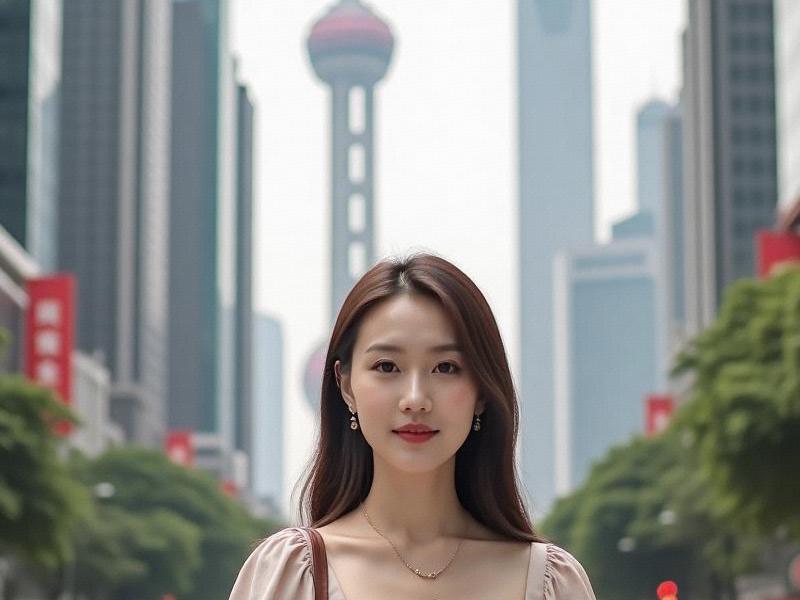The Phoenix of the East: How Shanghai Is Reinventing Urban Culture for the Digital Generation
⏱ 2025-06-20 00:12 🔖 上海龙凤419
📢0℃

Introduction: The City That Reinvents Itself
At the intersection of Fuxing Road and Sinan Mansions, augmented reality installations bring 1930s Shanghai jazz posters to life when viewed through museum-issued smart glasses. This seamless blend of historical preservation and digital innovation symbolizes Shanghai's latest cultural revolution - one that's rewriting the rulebook for urban cultural development in the 21st century.
Section 1: The Policy Architecture
• "Creative City" designation and UNESCO partnership
• Tax incentives for cultural enterprises
• Adaptive reuse regulations for industrial heritage
• Night economy development initiatives
上海龙凤阿拉后花园 Section 2: Digital Cultural Preservation
• 3D laser scanning of historical neighborhoods
• Blockchain-based art authentication systems
• AI-assisted restoration of silk paintings
• Holographic recreations of lost architectural landmarks
Section 3: Emerging Cultural Districts
• West Bund Museum Corridor's global partnerships
上海贵人论坛 • M50's transformation into a metaverse art hub
• Hongkou's eSports culture ecosystem
• Qiantan's experimental performance spaces
Section 4: Cultural Entrepreneurship
• Designer incubators at Tianzifang
• Independent publishing renaissance in French Concession
• Craft cocktail scene's historical reinterpretations
• Fashion tech startups blending qipao with wearables
上海品茶工作室
Section 5: Global Cultural Dialogues
• Shanghai Biennale's decentralized exhibitions
• International literary translation programs
• Culinary diplomacy through "lost recipes" projects
• Diaspora artist residency exchanges
Conclusion: The Shanghai Model
As cultural strategist Dr. Lin Wei notes: "Shanghai isn't just preserving culture - it's creating a new paradigm where heritage becomes living software rather than static hardware." The city's approach offers a replicable blueprint for urban centers seeking to maintain cultural authenticity while embracing radical innovation.
Shanghai After Dark: How Luxury Entertainment Venues Are Redefining Urban NightlifeDelta Dynamics: How Shanghai's Economic Gravity is Reshaping the Yangtze River Basin"From Water Towns to Smart Cities: The Cultural DNA Reshaping Shanghai's Metropolitan Identity"Greater Shanghai 2025: The Making of a Global MegalopolisShanghai Beauties: A Modern Portrait of Elegance and BeautyNeon Dragon: The Reinvention of Shanghai's Entertainment Club Industry in the Post-Pandemic EraQuantum Leap: How Shanghai and Its Satellite Cities Are Rewriting the Rules of Regional DevelopmentShanghai: A Vibrant City of Diversity and Innovation"Shanghai's New Femininity: How Urban Women Are Redefining Chinese Modernity"The Shanghai Nexus: When One City Becomes Thirty

